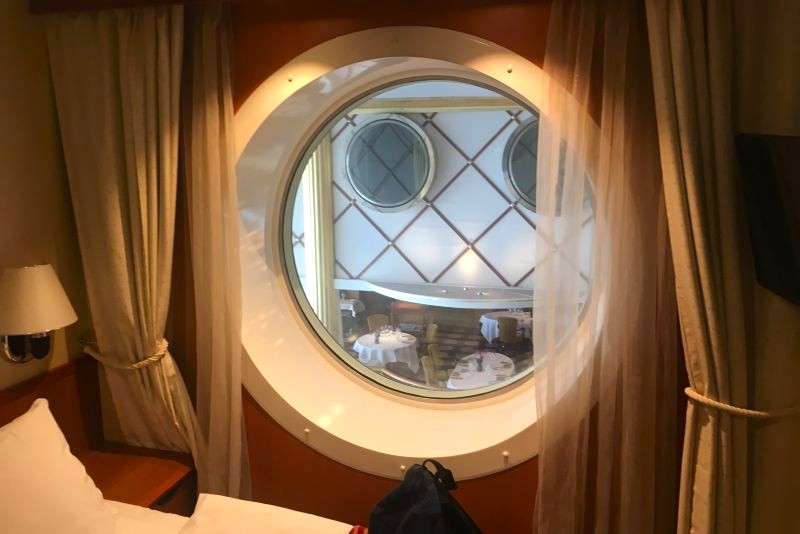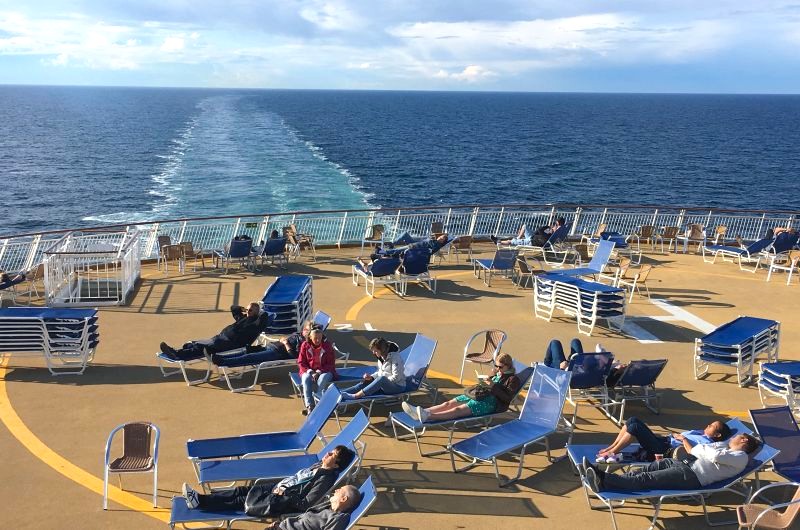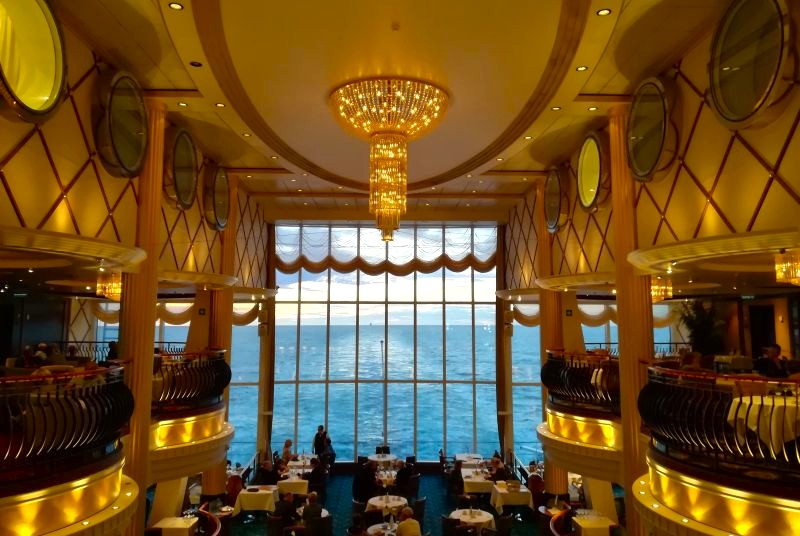Taking the Ferry to Norway: Routes, Tips and Prices
Do you want to travel to Norway in a relaxing way? Taking a ferry to Norway is an excellent option, with daily crossings from Denmark, Germany and Sweden. In this blog, you will discover everything about the most popular routes, practical tips and prices. Perfect for those who want to travel to Norway in comfort and without stress.
Routes
Ferry to Norway from Denmark
Hirtshals, located in the far north of Denmark, is the main departure point for the ferry to Norway. Both Color Line and Fjord Line offer daily crossings to various Norwegian destinations here. In addition, you can also travel from Copenhagen to Oslo by night ferry. This route has been operated since the end of 2024 by Go Nordic Cruiseline (Gotlandsbolaget). Below are the most popular routes:
🛳️ Hirtshals → Kristiansand: Color Line⏱️approx. 3h15
🛳️ Hirtshals → Kristiansand: Fjord Line⏱️approx. 2h25 (fast ferry) or 3h55
🛳️ Hirtshals → Stavanger: Fjord Line⏱️approx. 11h
🛳️ Hirtshals → Bergen: Fjord Line⏱️ approx 17h
🛳️ Hirtshals → Larvik: Color Line⏱️ approx. 3h55
🛳️ Copenhagen → Oslo: Go Nordic Cruiseline (Gotlandsbolaget)⏱️ approx. 5h30
Ferry to Norway from Germany
You can also take the ferry to Norway from Germany. Color Line operates a daily ferry from Kiel to Oslo. This comfortable overnight ferry, with cabins and extensive facilities on board, takes about 20 hours. The route is especially interesting for travellers from Belgium, the Netherlands or Germany, but is usually slightly more expensive than the ferry connections from Denmark.
Ferry to Norway from Sweden
If you are already travelling through Sweden, you can also travel to Norway by ferry from there. The Color Line sails twice a day from Sweden's Strömstad to Sandefjord. The crossing takes 2 hours and 30 minutes.

Tips & Prices
The price of your ferry trip to Norway depends on the route, the season, and whether you are travelling with a vehicle. These tips will help you save money and leave well prepared for your trip:
- Book early for the best prices: Ferry companies often have flexible pricing. The earlier you book, the more likely you are to get a bargain fare. Also, travel outside the high season if you can. Prices are lower in spring and autumn. Through platforms such as Direct Ferries you can easily compare fares and sometimes benefit from attractive deals.
- Compare routes and companies: Always look at the overall picture. Sometimes a longer crossing is cheaper than a shorter one when you include toll and fuel costs.
- Choose the right hut: On some night ferries, such as the crossing from Kiel to Oslo, a cabin is compulsory. You can usually choose between a cheaper inside cabin or an outside cabin with a sea view.
- Note additional costs: Cabins, seat reservations, vehicle surcharges or meals can add significantly to the price. Look carefully at what is included in your booking. When booking, you can often add inexpensive meal packages. Food on board is not cheap, but booking in advance pays off.
- Arrive at the terminal on time: Check in advance what time you need to be at the terminal. For example, for the ferry from Kiel to Oslo, you need to check in two hours before departure. Also take into account possible traffic jams, especially around Hamburg. You might consider staying overnight near the terminal to avoid stress.
- Check in advance the rules around travelling with pets: Not all ferries allow pets in the passenger areas. Sometimes dogs and cats have to stay in the car or are housed in a separate kennel.


